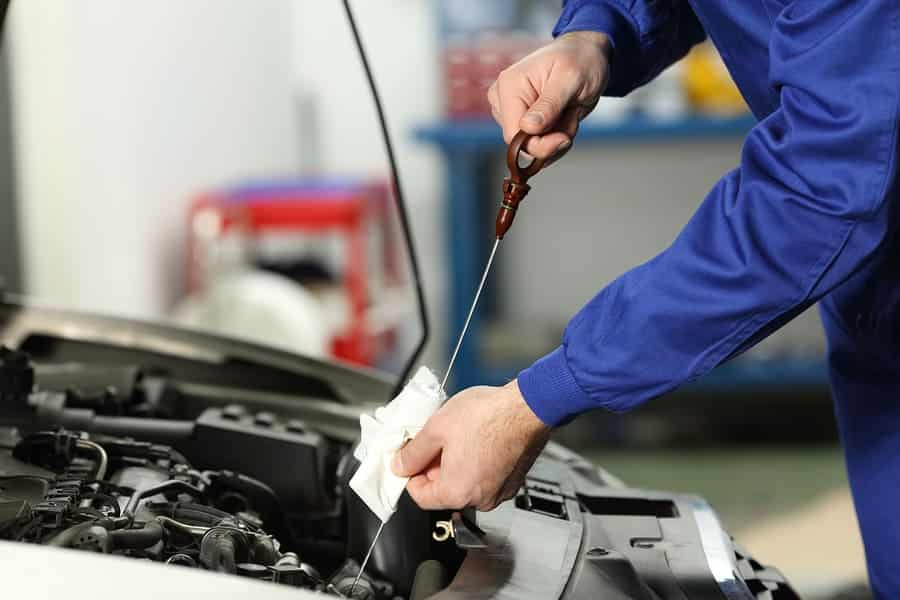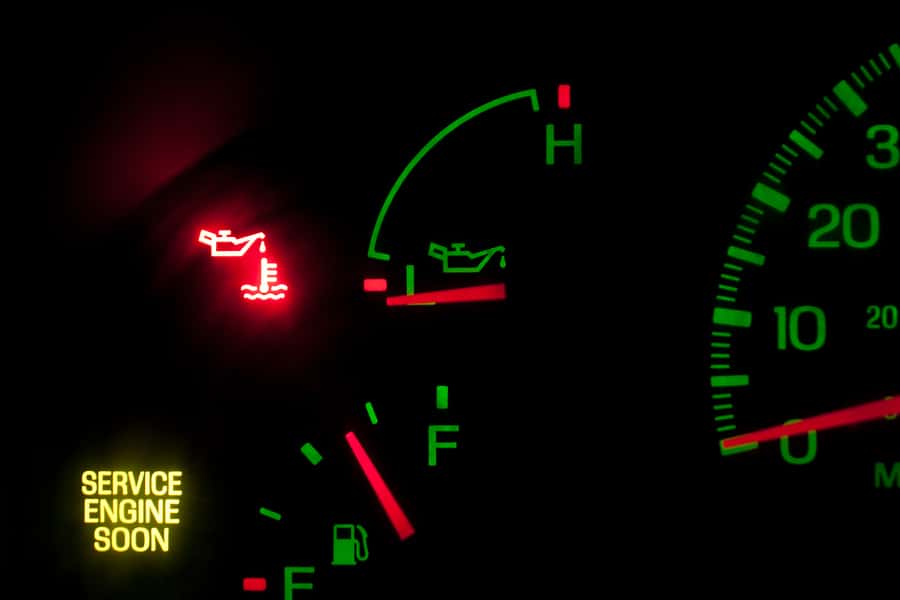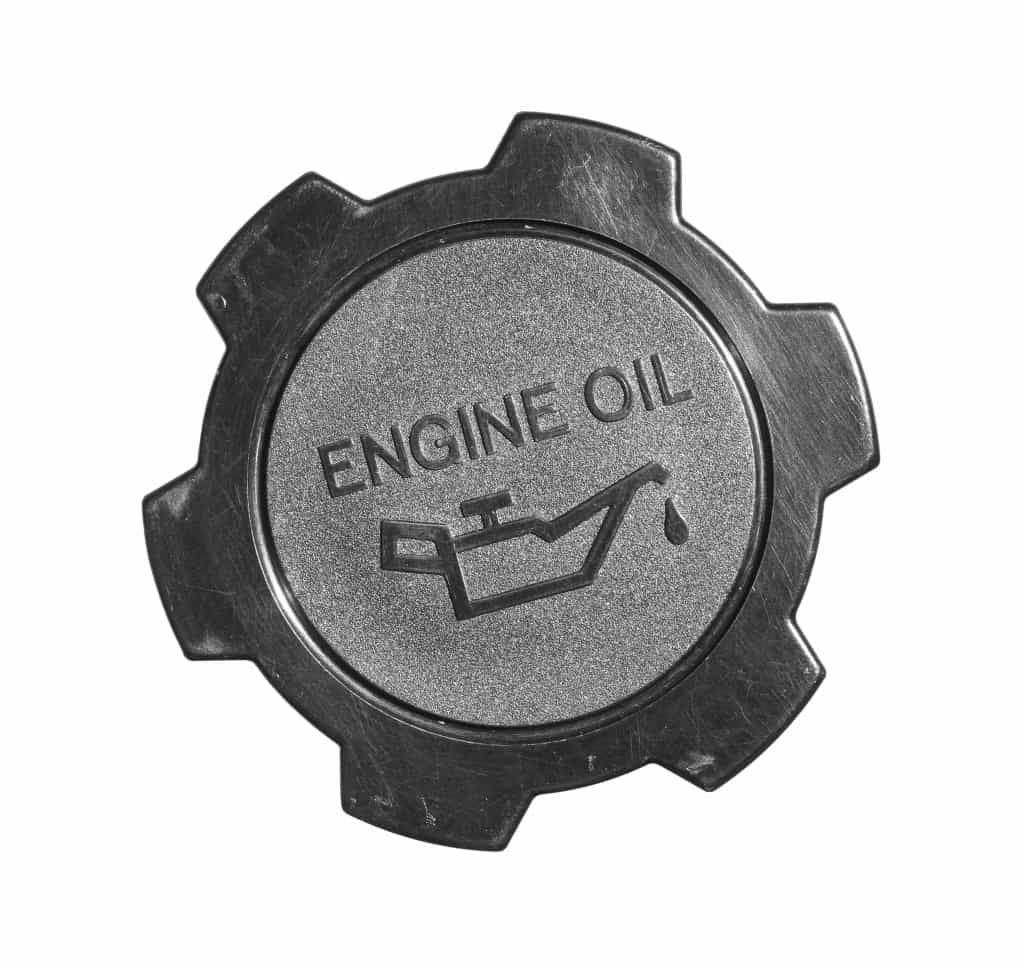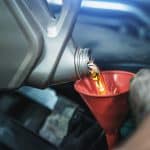
Symptoms of low oil include your engine feeling sluggish. It may suffer from poor acceleration and you could find yourself sitting behind the wheel wondering what those knocking and ticking noises might be? The oil light could ignite or the oil pressure may run low. All these are signs that your car is due an oil change.
Oil changes are often overlooked but without question they are one of the easiest and cheapest ways to keep your engine running smoothly, prolong engine lifespan and it’s something that anyone can do. Remember that you check the oil through the dipstick but refill the oil sump through the oil cap. And be aware of the following signs your car is due an oil change:
1. Visual Confirmation: Colour and Consistency
Fresh oil should be a pure colour of clear amber or light honey. Over time the fluid will darken with particles of soot and tiny pieces of metal that it collects from the engine. Check it every month, remove the dipstick and check the oil visually. Want to know more – as ever we have a helpful guide that gives you all the information you need.
If the oil is thick and dark or black and very gritty then it’s definitely time for a change regardless of the levels in the car. As an extra check you can always put a little of the oil between your thumb and forefinger and if you can feel any grittiness this is another sign the oil contains particles and will be creating extra friction between parts and therefore should be replaced as soon as possible.
2. Unexpected Noises
Is your engine making more noises than normal, such as ticking, knocking or rumbling sounds that become louder when you get up to higher speeds? This could well be the parts starting to rub or grind, mashing against each other and creating more audio energy than you’re used to, emanating from under the hood.
Leave this for too long and you could be looking at worn out rod bearings. In the best case scenario noises mean low levels or the wrong viscosity of oil and in the worst instance, with loud knocking the damage could already require major work.
3. Rough Idling
Another symptom of dirty oil is a rough idle that gives you an abnormal shaking feeling throughout the vehicle. It’s caused by an increase in friction, noise energy and heat between the pistons, rings and bearings due to inadequate lubrication.
4. Poor Acceleration
With good lubrication, your engine will operate smoothly and seamlessly. Conversely when the oil becomes used up and dirty the moving parts rub against one another losing energy and drive, impacting on the smooth running that you can expect from your vehicle at its peak. Acceleration will appear to pull and perhaps even be sluggish to respond and the engine can feel as if it lacks power when the oil is poor and dirty.
5. Dash Warning Light Ignited
Even though common sense dictates that this is the most obvious signs of oil problems, you would be surprised how many drivers can ignore it. Older cars may not have a specific oil light, but rather a check engine light. The normal trigger for this light to ignite is a lack of oil pressure in the engine. Before you check over the entire car, go straight for the dipstick as a simple top up could solve your issues.

6. Reminder: Lights
Even though modern cars have a reminder function to prompt you into checking your oil it’s always best to check yourself and don’t simply rely only on the lights to tell you when the oil needs topping up.
As a simple rule of thumb most cars require oil changes at periodic distances. This will often be every 3000 miles or so, but every car is different. Check your manual for the required distance and then keep one eye on the milometer. Performing regular checks will give you an idea of the types of signs that indicate your oil needs changing.
7. Oil Levels Drop
Over time you should expect a small but significant drop in oil levels. If your levels become extremely low then there is less oil to lubricate the engine, which could cause the oil to pick up more dirt and particles. Perform a consistency check to see if it’s due a change.
One clear warning sign is if you have topped up your engine oil but the levels keep dropping below the minimum indicator on your dipstick, suggesting a problem. As engine oil loses its lubricating properties, it starts to increase consumption to keep moving parts running smoothly. An engine that continually needs topping up shows that there is either a leak or you urgently need to change the oil.
8. Exhaust Smoke
When the weather takes a cold turn it’s not uncommon to see a translucent vapour coming out of the exhaust pipe. However smoke is not such a common sign and could mean there is an oil leak in your engine.
Smoke can be a harbinger of faulty parts under the bonnet. If there is no change in oil levels over a few days but there’s still smoke puffing out of your exhaust this could be the ideal time to get a professional to perform some engine diagnostics to find the culprit that’s causing the engine plumes.
9. Odour inside the car
Can you detect a whiff of oil in your cabin? This is a huge alarm bell. A strong smell indicates there’s a leak. If the scent is also mixed with the smell of petrol or exhaust fumes then you know your vehicle is overheating, causing oil to burn into the exhaust.
An overheating engine is a serious matter and is likely to damage your engine or even cause your vehicle to catch fire when out on the road. If you can smell oil, get a change ASAP.
10. Excessive Engine Temperatures
If your car is lacking the required levels of oil, or the oil has become old and contaminated your car will be lacking the necessary lubrication required for good running. This will cause the engine to run poorly with more friction between components, leading to excess heat and eventual overheating. An oil change will rectify this problem.
And Finally
It is an incredibly simple procedure to check your oil. It only takes a matter of seconds on your driveway or street parking. You need a rag to wipe the dipstick and all you have to do is check that the level is in between the 2 marks. Make an effort and give your oil level a check today.







.png)